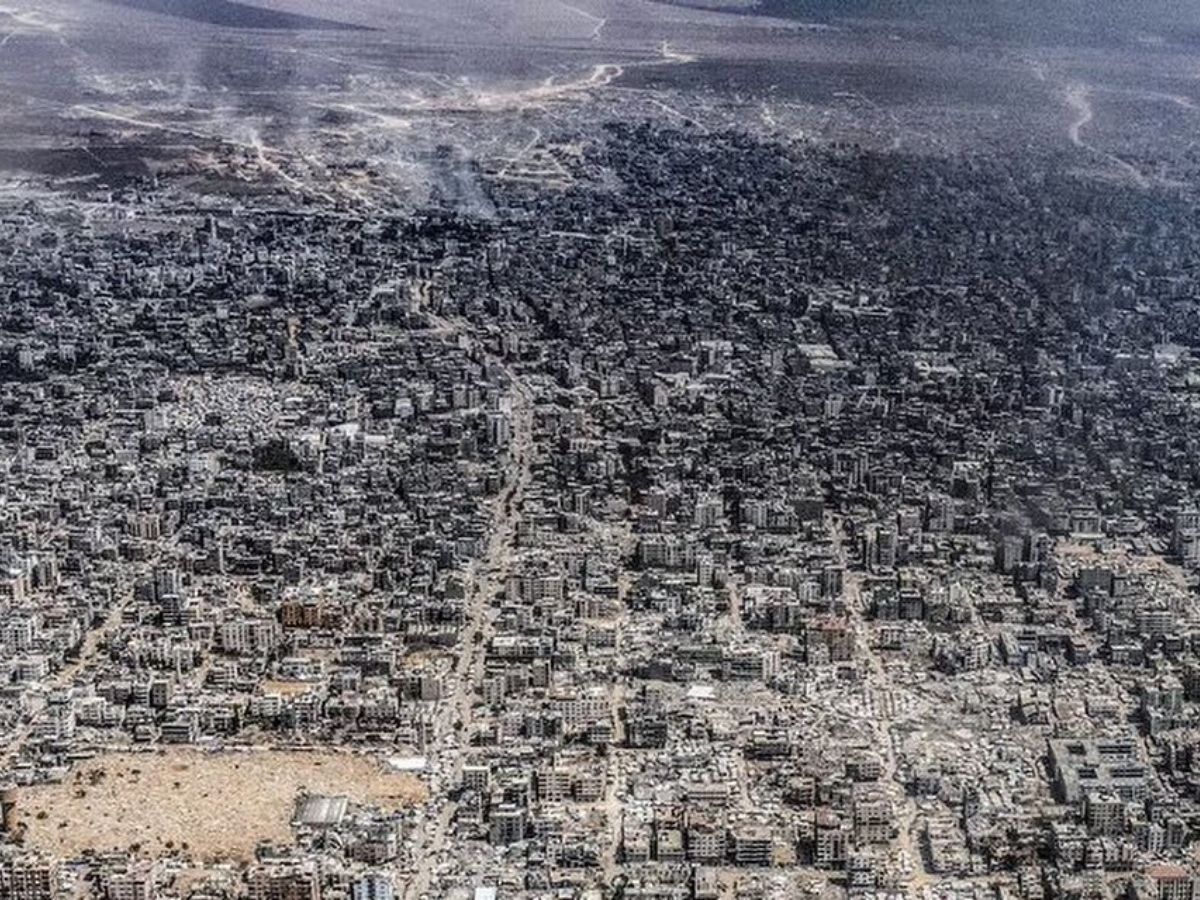Months into the Israel-Hamas war, much of Gaza lies in ruins, thousands of Palestinians have lost their lives and dozens of hostages still remain in captivity. While Hamas has been severely weakened militarily, the Palestinian military group continues to carry out attacks. Israel has routed opponents across the region but hasn’t ended the conflict and is still trying to retrieve all captives. Meanwhile, ceasefire talks involving the US and mediators Egypt and Qatar appear to have stalled.
Here are the four main scenarios experts and observers say could unfold.
1. Full Reoccupation of Gaza
Israeli media has reported that Prime Minister Benjamin Netanyahu may soon order a full reoccupation of Gaza, a move not seen being implemented since Israel withdrew in 2005. Such a move would send ground troops into the last remaining areas not fully destroyed, including the displacement camps of Muwasi, according to a report published by The Associated Press.
This could mean more Palestinian deaths and displacement and could potentially endanger the lives of estimated 20 Israeli hostages still believed to be alive and in Hamas’s captivity. Under international law, Israel would also become responsible for the population’s welfare.
While many Israelis, including former security chiefs, have reportedly opposed the move fearing a quagmire, Netanyahu’s far-right coalition partners have seemingly supported the idea of reoccupation and the possible relocation of Gaza’s remaining population. Globally, such a move would likely trigger outrage and may lead to Israel’s isolation on the international stage.
2. A Ceasefire in Line with Global Demands
Hamas has offered to release all hostages in exchange for a full Israeli withdrawal, a lasting ceasefire, and the release of Palestinians held in Israeli prisons — terms that were included in a ceasefire agreement backed by the UN Security Council and brokered by the Trump administration earlier this year.
That peace agreement led to a six-week truce and saw the release of 25 hostages and mortal remains of eight others, the report said. However, talks for a permanent ceasefire collapsed when Israel resumed fighting in March, fearing Hamas would rebuild if allowed to remain in Gaza in any form.
Reports suggest Netanyahu is also facing political pressure on the home front– his far-right allies have threatened to collapse his government if he agrees to such terms. Losing power could leave Netanyahu vulnerable to ongoing corruption investigations.
3. A Ceasefire on Israel’s Terms
Netanyahu has said he will only end the war when all hostages are released and Hamas is either defeated or disarmed and exiled.
Even after that, he envisions “voluntary emigration” of Gaza’s population, an idea that has been widely condemned as a form of forced expulsion.
Israel has said it would consider a temporary ceasefire where Hamas releases some hostages and bodies, in return for the release of Palestinian prisoners, humanitarian aid, and partial Israeli withdrawal. Talks would subsequently follow, but Israel insists on Hamas’s disarmament — a condition that the militant group has repeatedly rejected.
Hamas, for its part, has said that it’s open to handing over power to other Palestinian groups but not to the idea of surrendering weapons while “Israel continues to occupy Palestinian territories”.
4. A Forever War?
The fourth, and perhaps the most likely scenario is a state of continued conflict.
Israel could maintain its current pace of airstrikes, targetting Hamas militants, even as civilians keep getting caught in the crossfire.
Hamas may keep up smaller-scale attacks, keeping the war simmering without major breakthroughs.
Humanitarian aid might trickle in, to help stave off famine, at least for the time being. Hostages could remain captive for months, or even extending up to years.
Israel’s next elections are due to be held in 2026, though political changes could come sooner. That timing could shape whether the war drags on or finds a path toward resolution.
What Role Will Trump Play?
US President Donald Trump has shown he can influence Netanyahu, especially after he managed to broker a ceasefire between Israel and Iran after 12 days of fighting in June. Trump says he wants to bring hostages home and end the war, but so far, he hasn’t publicly pressured Israel.
When asked this week whether he supports reoccupying Gaza, Trump said, “It’s going to be pretty much up to Israel.”







